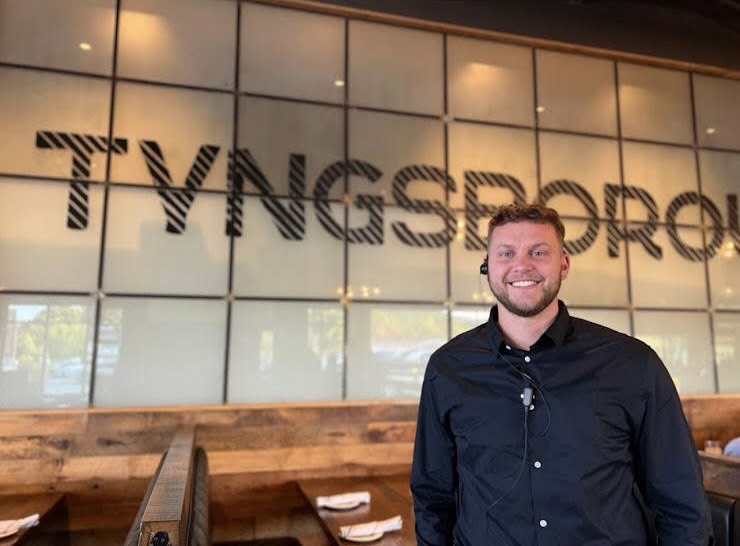Grades are a central part of a student’s educational experience. Through the CavChron’s investigation into Grading Structures & Practices, we hope to shed light on Grading Philosophies, Rapid Grade Access, Midterms & Finals and Class Rank.
The idea of rapid access to education is one that’s relevance continues to grow in today’s society. At first, it started with online schooling, but as technological advancements continue, they lead to tech being a valuable tool in everyday education with online grading apps like PowerSchool and more. The platform that serves 50 million students has quickly become the top provider for grades around the world; the reason being: it allows students to view their grades with only the click of a button. In today’s world where teens struggle more than ever with academic pressure and mental health, the negative effects of PowerSchool are coming to light through much research. In order to help deliver this research HB’s special investigative unit hopes to uncover some answers.
Although PowerSchool serves as a convenient platform due to its organized algorithm, the rapid access the app provides to students has become a principal determinant in students’ mental health. Teacher and writer for the Washington Post Jessica Burnquist shares checking grades can become “an obsessive and unhealthy practice,” symmetrical to “folks who weigh themselves first thing in the morning and then permit the numbers on a scale to determine their self worth along with their daily outlook.”
Many students agree with Burnquist’s observation, including HB’s very own. HB Sophomore, Eve Joy ‘25 shares how often she checks PowerSchool, “I usually check Powerschool multiple times a day,” said Joy. But as Burnquist suggests, the rise in anxiety and stress has severely increased. “It makes me very anxious about my grades and I feel like I have to constantly check and make sure I have good grades,” added Joy.
When asked about her firsthand experience with how the app works HB counselor Melissa Moyer provides details. “The biggest thing is notifications, that’s the biggest thing. I think parents also have notifications so that if students get a bad grade, I think that reinforces the stress.” It’s all about how you use the app, which can sometimes better its impact on an individual. HB junior Juliette Ogren ‘25 has a different outlook when it comes to the app. “It keeps me organized and to know what things I need to focus on more than others,” said Ogren. Whether it keeps you organized or not, Moyer suggests a different way to handle the knowledge of your grades in order to provide the most stability, “I think checking it once a week and managing notifications is the best approach,” said Moyer.
Through our investigation of the app’s presence in our very own community, it can be assessed that managing the usage of the app is beneficial to students. The main reason students report their constant high stress levels is because of how easily accessible their grades are. If students limit checking their grades, they become more grounded in the present rather than the past and future combined. Ultimately, it’s an individual’s decision on how healthily they choose to adjust.






![Dr. Barry teaches his son Benin karate as part of a class he provides for school-aged children across Brookline. “I happen to have [karate classes] thrown into the mix of what I do here, because it’s something that I have to offer,” he says. “I enjoy it, I can do it, and I can offer it freely.” (Courtesy Brian Barry)](https://cavchronline.com/wp-content/uploads/2025/04/Man-of-Many-Talents-Brian-Barrys-Service-to-Brookline.jpg)

Stella • Jan 19, 2024 at 10:47 AM
Very well written, Bailey!
I agree whole heartedly about the stress students endure when their marks are revealed with the click of a button.
Students should concentrate on the future!
Good job!!